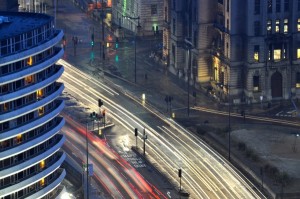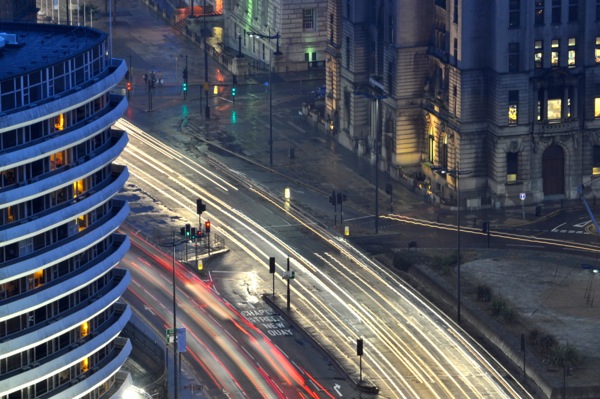
Liverpool is set to tackle inner city commuting by investing £80m with a new highways cash injection programme after private contributions from developers and successful government grant applications.
This comes after the Department for Transport recently updated its recommendations for safer congestion-free city centres. The guidelines proposed introducing lower vehicle speed limits and reducing the volume of traffic with access to central roads.
Also, the cycling infrastructure will be greatly improved in a bid to make riding around the city both safer and a more pleasant experience, according council officials.
The council will implement 20mph zones around the city for vehicles which will take in 70% of the road system. It has been announced that these roads are unlikely to receive cycle lanes as the low speeds will mean they are not required.
Liverpool City Council’s Cycling Officer Karen Stevens, told JMU Journalism: “We recognise that the city centre can be difficult to navigate by bike, where it is particularly challenging to manage conflicting demands on road space for all users. Increasing numbers of cyclists, including those using the cycle hire scheme, will need to be recognised in future plans.”
There will be an experimental Traffic Regulation Order also put into operation in the city centre which will allow cyclists access to pedestrian zones which were previously only legally available between 4pm and 10am.
The council, in cooperation with Merseytravel, have also commissioned a review to plan the new layout of which areas will receive speed limits, cycle lanes and public transport. The review is due by the end of the year.
Ms Stevens added: “We also continue to make funding applications to increase our capital programme, such as the Local Sustainable Transport Fund and the Regional Growth Fund, which we are now using to deliver cycle infrastructure to the north of the city centre.”
Mayor Joe Anderson says £80m will be invested by the council over the next eight years, including the creation of the cycle lanes along with the building of the infrastructure needed, such as improved street lighting and signage.

